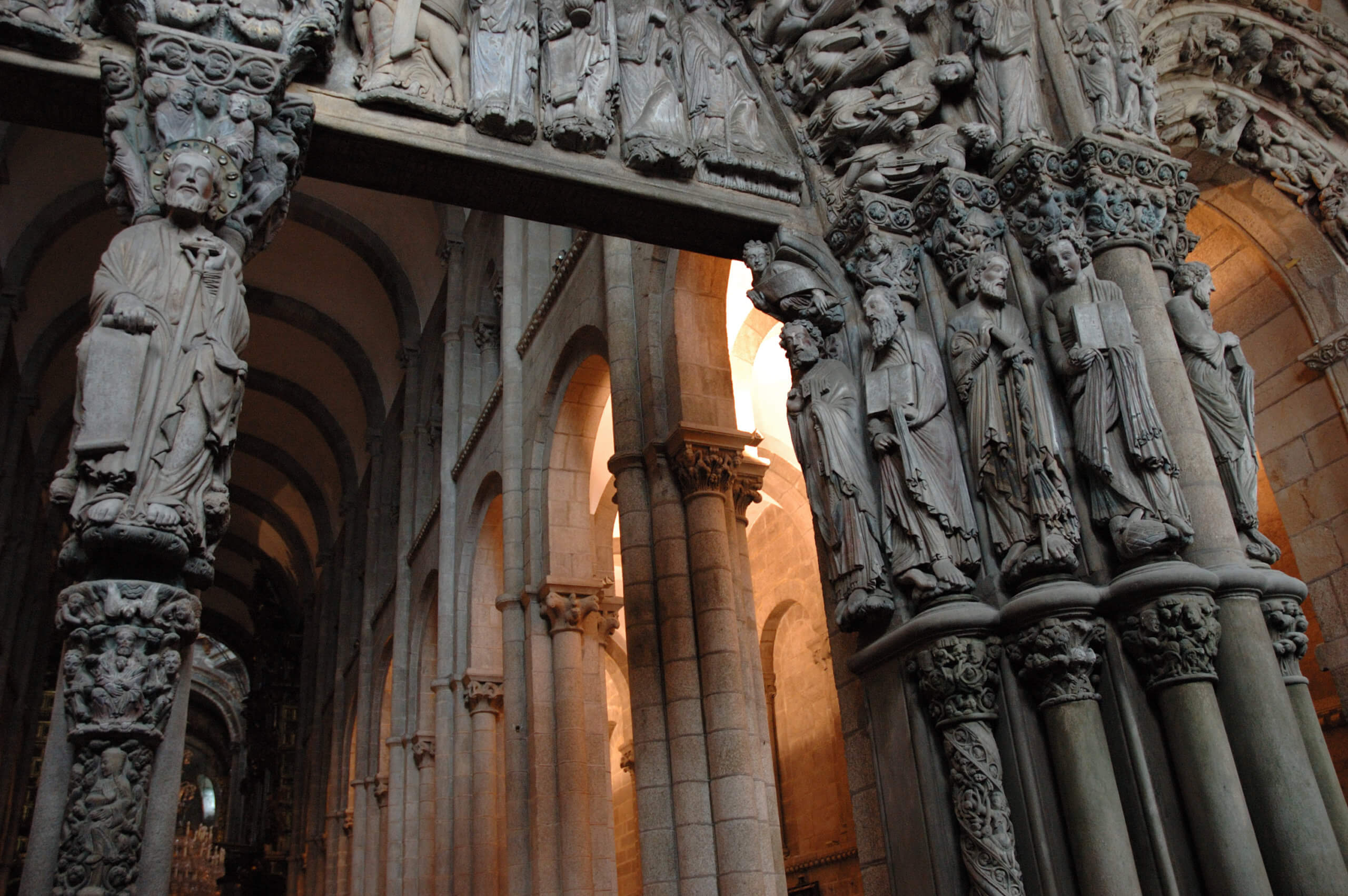Today is the Feast of St. James the Greater, the apostle “friend of the Lord” together with Peter and John. Nine hundred years ago, in 1122, while the last stone of the Cathedral of Santiago de Compostela was being laid, Pope Calixtus II (†1124) announced the first Holy Year of Compostela for 1126, establishing that it was celebrated whenever the feast of Apostle James fell on Sunday. The privilege was later confirmed by Pope Alexander III (†1181) with the bull Regis Aeterni, given in Viterbo on June 25, 1179.
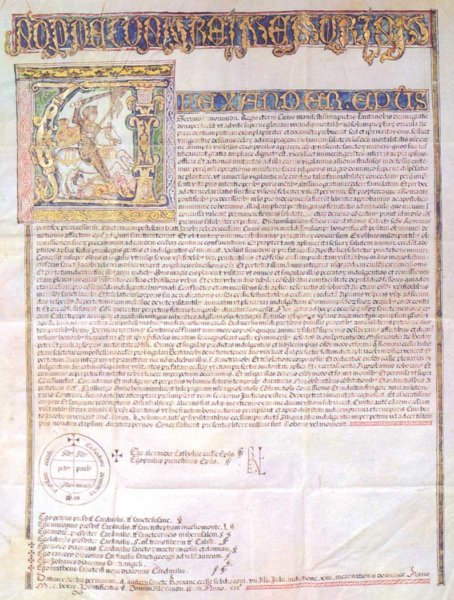
For over a millennium the famous cathedral, built in Galicia, north-western Spain, around the tomb of James the Greater, has been a destination for pilgrims and penitents.
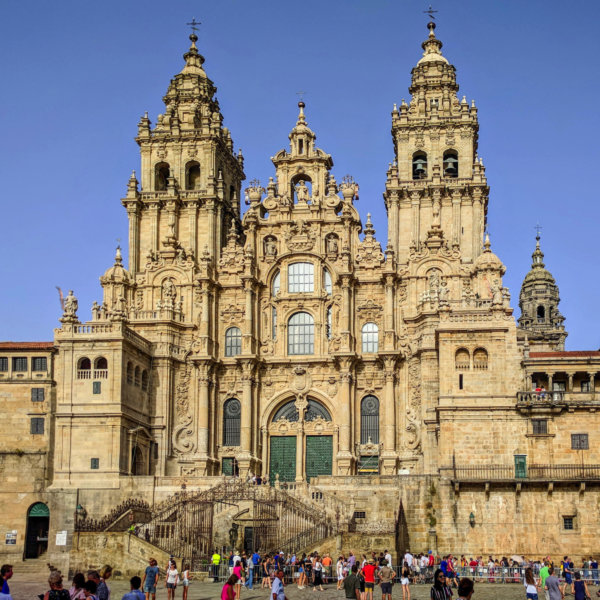
Even the great poet Dante reminds us of Santiago de Compostela as one of the three places of pilgrimage of his time, together with Jerusalem, the Holy City, and Rome, the Eternal City:
And it is worth noting that there are three separate terms for people who travel to honor the Supreme Being: they are called palmers if they travel to the Holy Land, where they often carry the palm; they are called pilgrims if they travel to the home of Galicia, since the tomb of Saint James was farther from his homeland than that of any other apostle; they are called romers if they travel to Rome—the place where those I am calling pilgrims were headed (Dante Alighieri, Vita Nova, XL).
The pilgrimage to the Cathedral is known as the Camino de Santiago, a network of itineraries along which churches and numerous hospices arise.
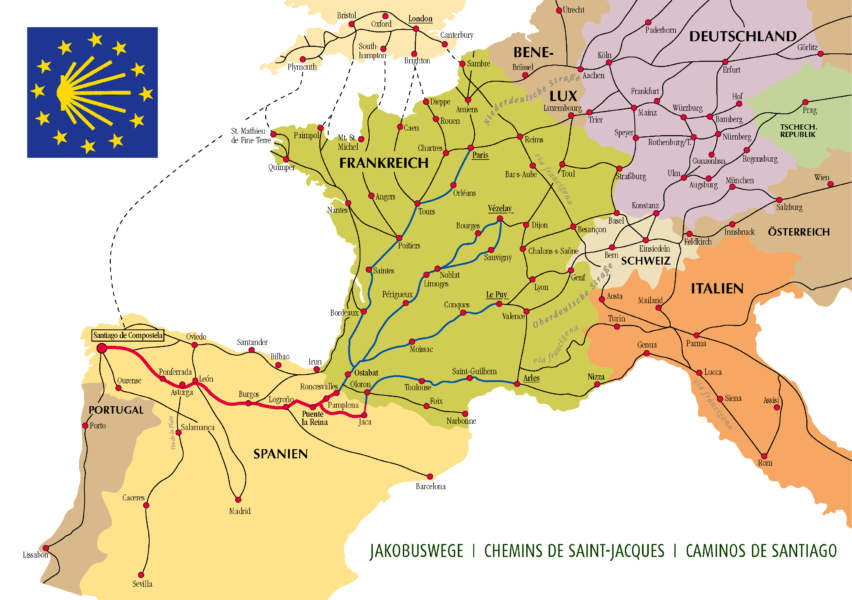
Many arrive on foot; they enter through the Holy Door, also known as the Gate of Forgiveness; they adore the Eucharist; they venerate the tomb of the apostle, el señor Santiago, who was the first to seal his witness of faith with his own blood; they admire the botafumeiro, the impressive thurible which with its spectacular swing spreads incense up to vaults of the basilica; and come out of the majestic Pórtico de la Gloria, sculpted in the 12th century by Maestro Mateo, architect, sculptor and painter.
What a thrill if one thinks of the multitude of pilgrims who have looked upon this Gate of Glory, as we read in the Codex Callistinus!
Countless people of all nations go there […]. There is no language nor dialect which is not heard there. […] Some sing with zithers, others with lyres, others with kettledrums, others accompanied by flutes, others by flagelots, others by trumpets, harps, violins, others by Gallic and British wheel fiddles, others by psalteries, others by diverse musical instruments, they have a sleepless night. […] The doors of the Basilica never close, neither by day nor by night […].[1]
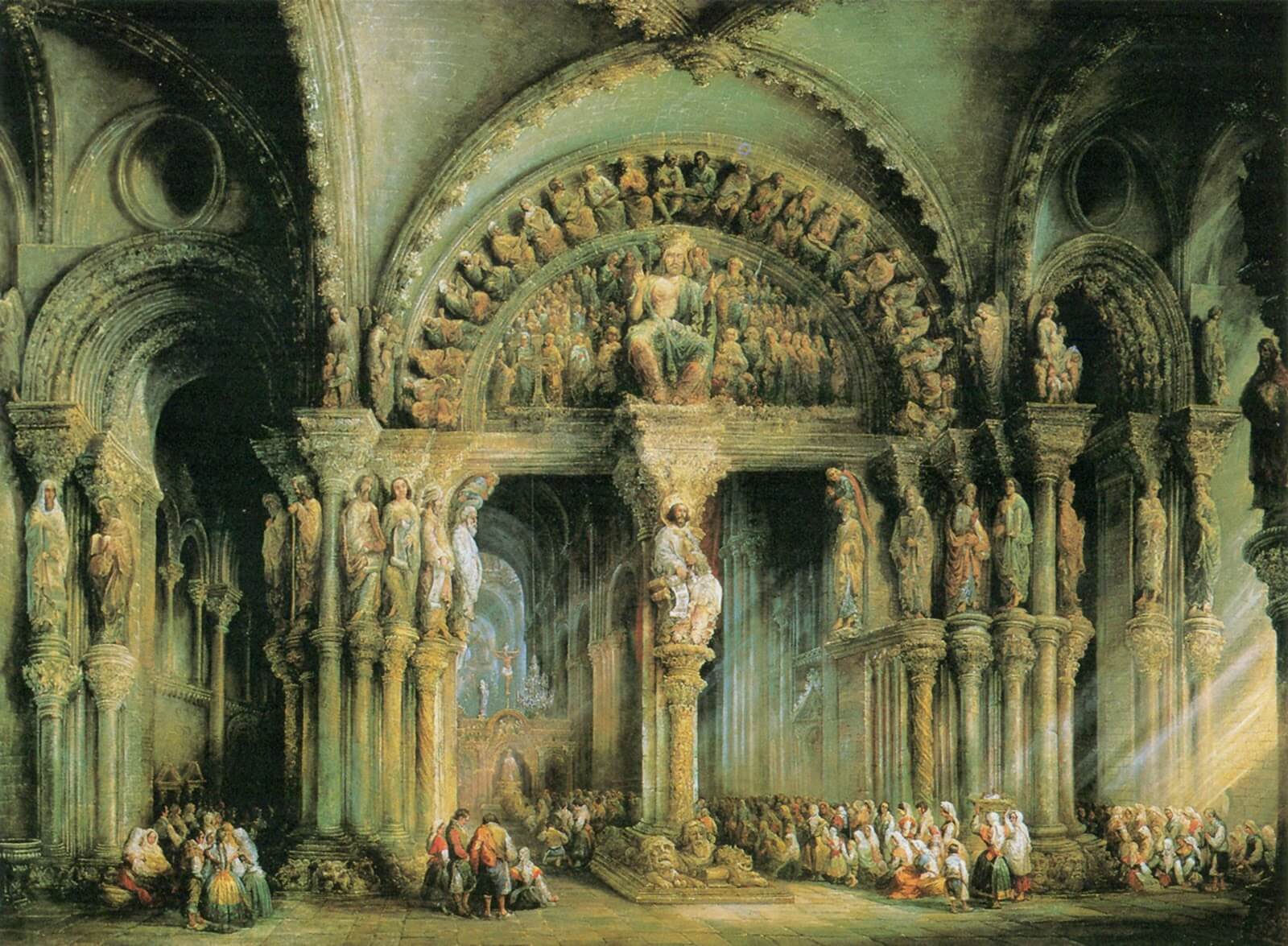
The songs of the Mass and of the Liturgy of the Hours proper to the apostle proto-martyr James, in the exclusive use of the great basilica, and the songs of the pilgrims are reported respectively in the first (Anthologia liturgica) and in the last (Iter pro peregrinis ad Compostellam) of the five books, which form the Codex Calixtinus, named after Pope Calixtus II, a manuscript of the 12th century. Here we have the oldest music that Western culture has dedicated to the figure of the apostle James.
Let us consider two liturgical songs: O adiutor omnium seculorum, the last responsory for the Office of Readings, and Ad sepulcrum beati Iacobi, the first antiphon of the Vespers for the feast on July 25.
O adiutor omnium seculorum, O decus apostolorum, O lux clara Gallecianorum, O aduocate peregrinorum, Iacobe, supplantator uiciorum, solue nostrorum catenas delictorum, et duc nos ad salutis portum. / V. Qui subuenis periclitantibus ad te clamantibus tam in mare quam in terra, succurre nobis nunc et in periculo mortis. Et duc nos [ad salutis portum]. / Gloria Deo Patri almo excellentissimo, et Filio eius pio altissimo, amborumque Spiritui Sancto. / Et duc [nos ad salutis portum].
O helper through the ages, O jewel of apostles, O bright light of Galicia, O friend of pilgrims, James, you victor over vices: break the chains of our transgressions, and lead us to salvation’s gate. You who come to the aid of those in danger Crying out to you on the sea and on land, Help us now and in death’s peril. / And lead us to salvation’s gate. / Glory to God, the father most excellently kind, And to his son most highly holy, And with them the Holy Spirit. / And lead us to salvation’s gate.
Ad sepulcrum beati Iacobi egri veniunt et sanantur, ceci illuminantur, claudi eriguntur, demoniaci liberantur, mestis consolacio datur, et quod maius est, fidelium preces exaudiuntur; ibi barbare gentes omnium mundi climatum catervatim occurunt, munera laudis Domino deferentes, alleluia.
To the tomb of blessed James the sick come and are healed, the blind are given light, the crippled raised up, the demon-possessed are set free, the sorrowful are consoled, and, what is best of all, the prayers of the faithful are heard: there, foreign folk from every part of the world hasten in great numbers, bearing gifts of praise to the Lord, alleluia.
[1] In J. Caucci von Saucken, Il sermone “Veneranda Dies” del “Liber Sancti Iacobi”, Santiago de Compostela 2001, pp. 140-141.

